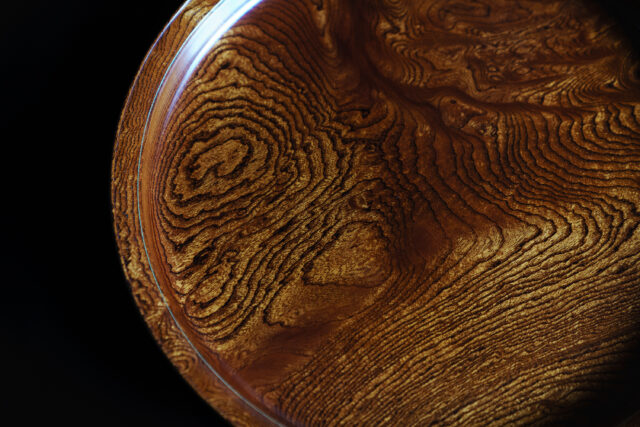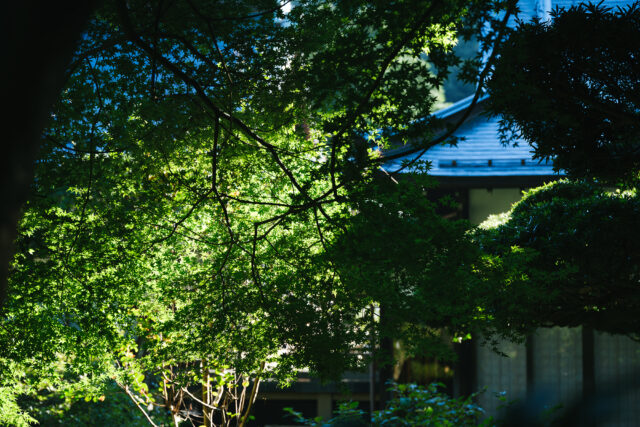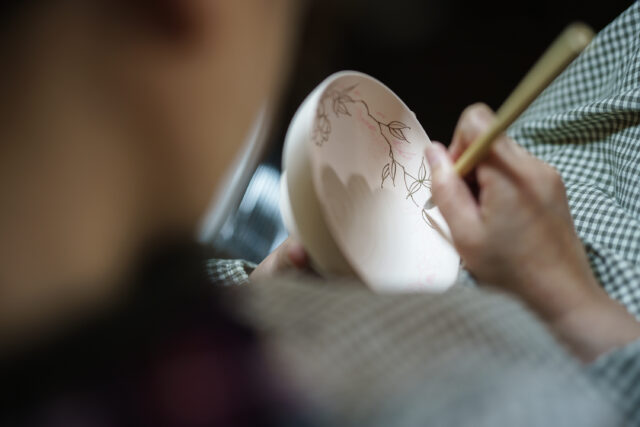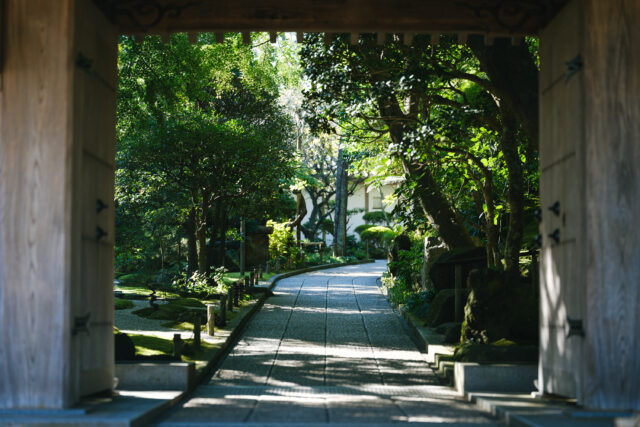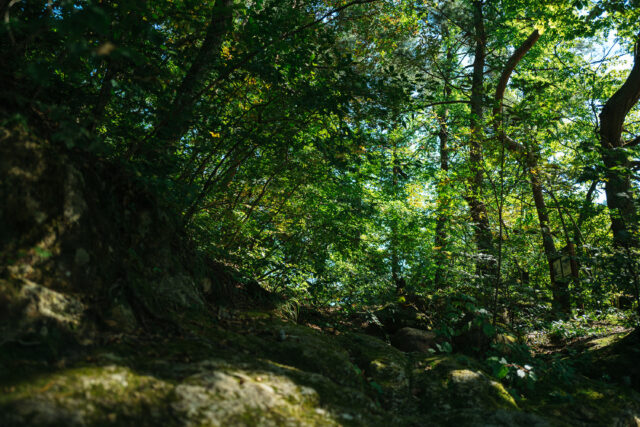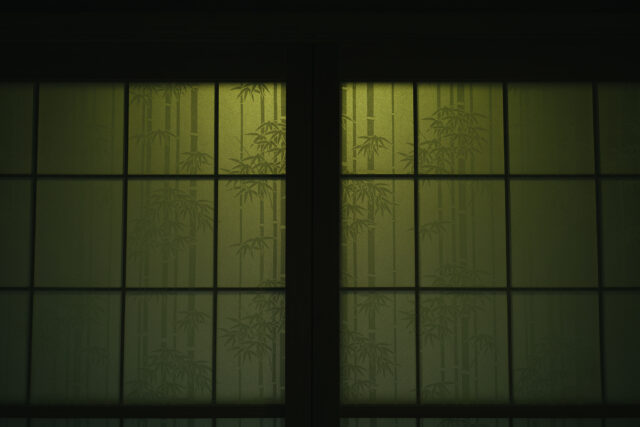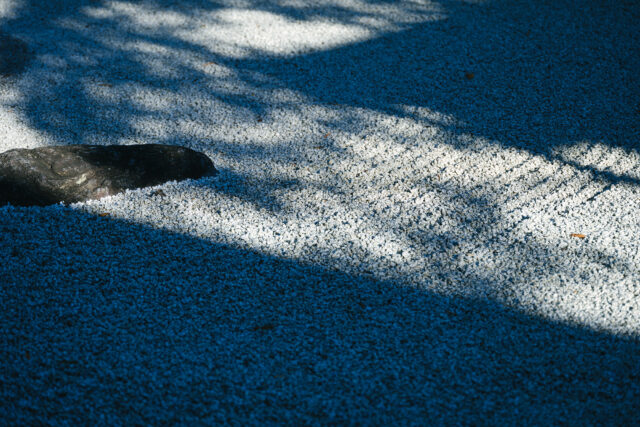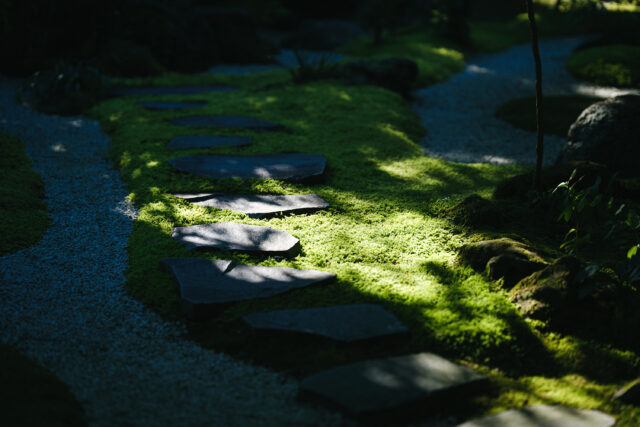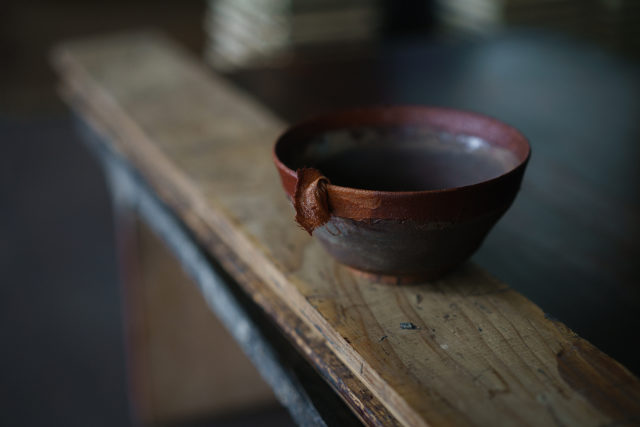Shitsurindo and ZOZO NEXT Launched Collaborative Research on New Lacquer Techniques
KOGEI Topics VOL.19
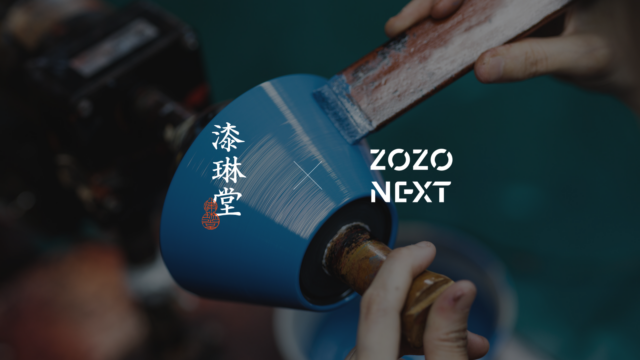

VOL.1-19
Update
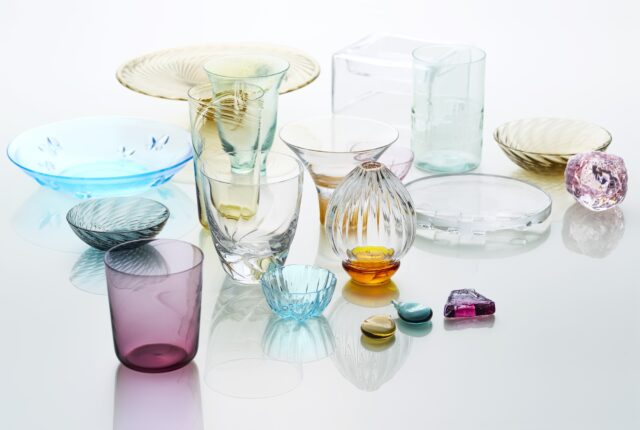
VOL.1-17
Update
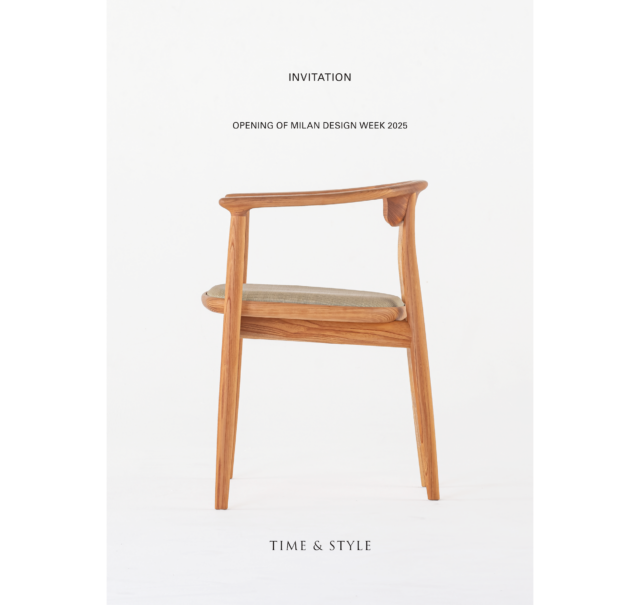
VOL.1-43
Update
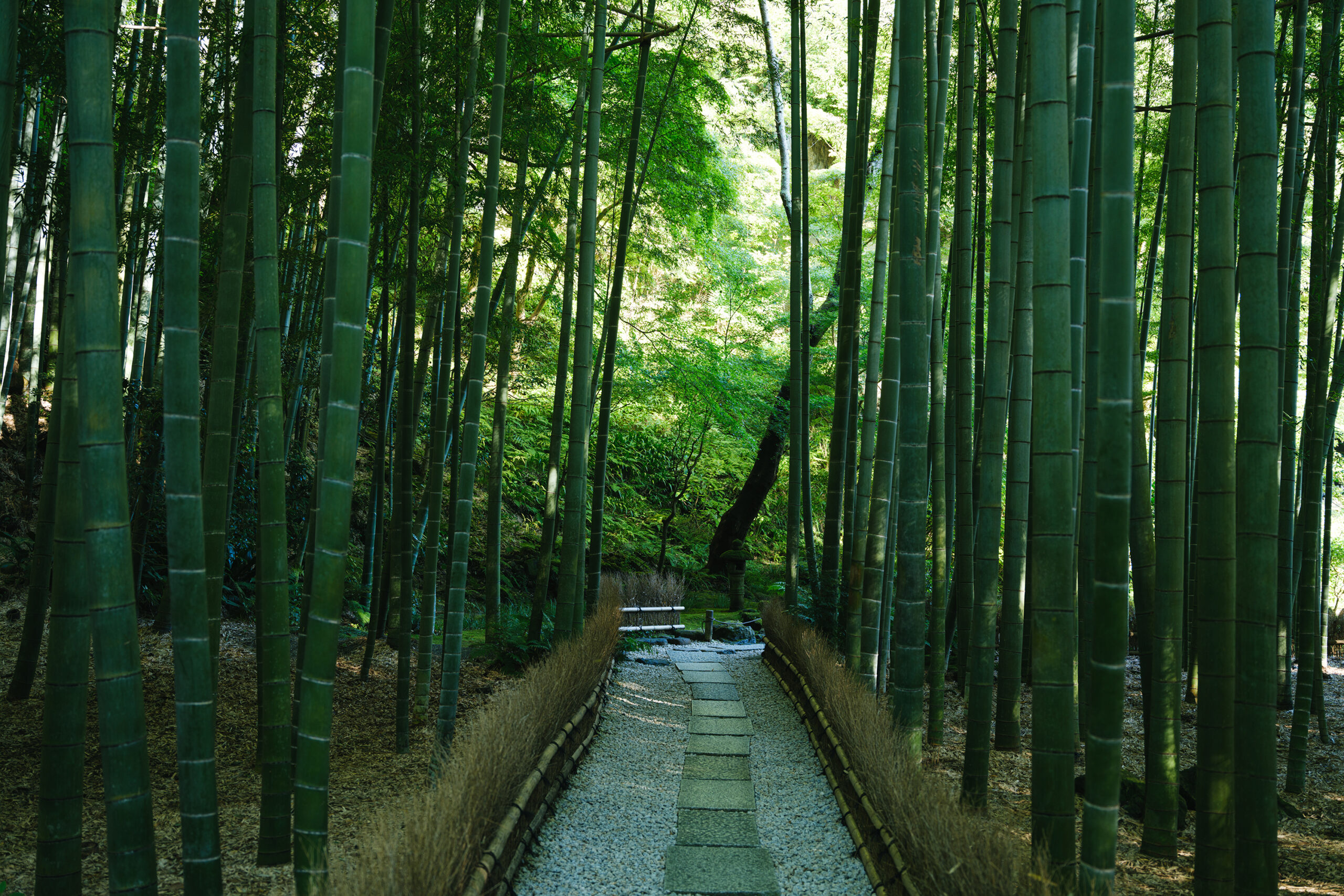
VOL.1-2
Update
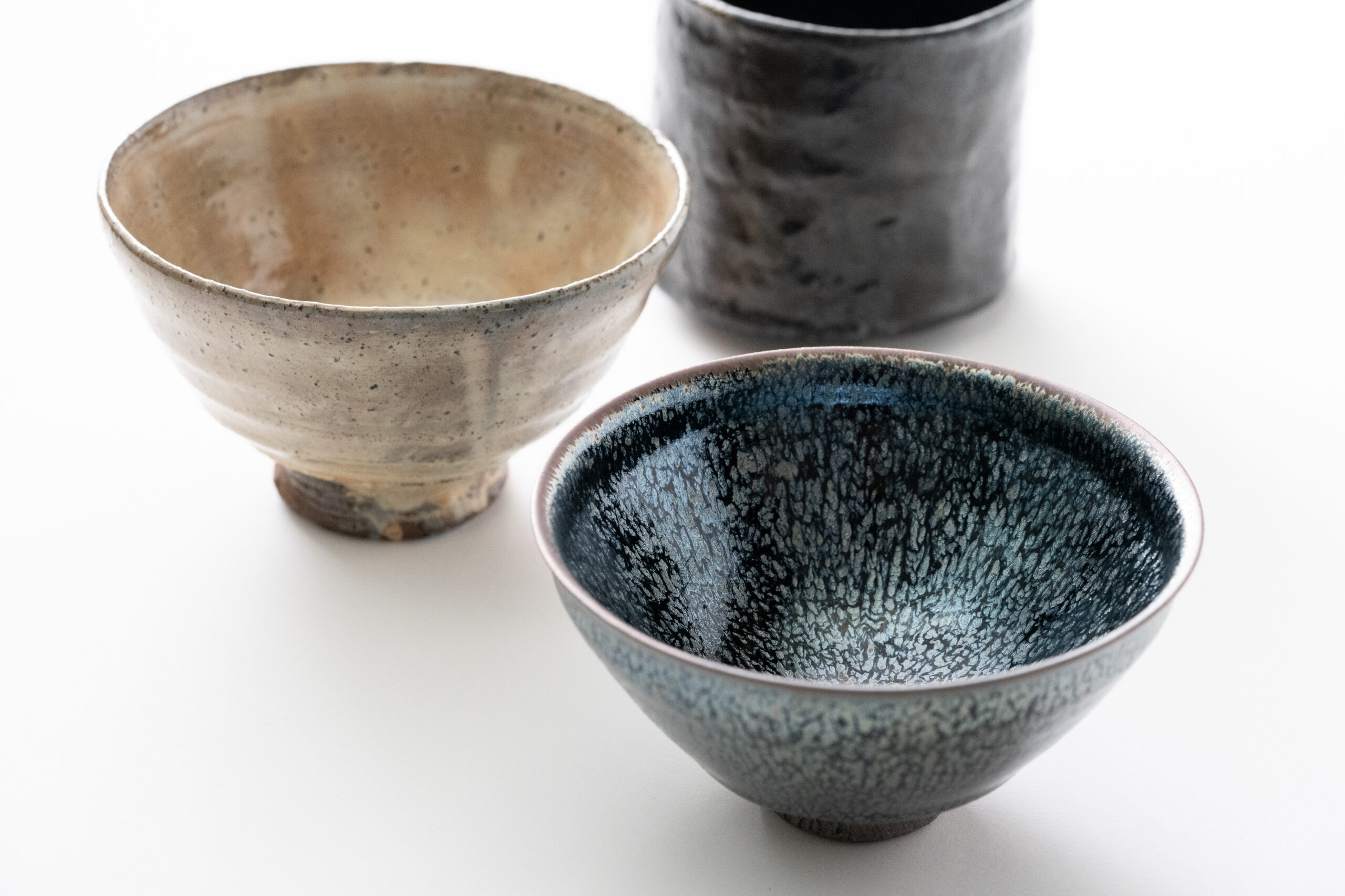
VOL.1-3
Update

VOL.1
Update
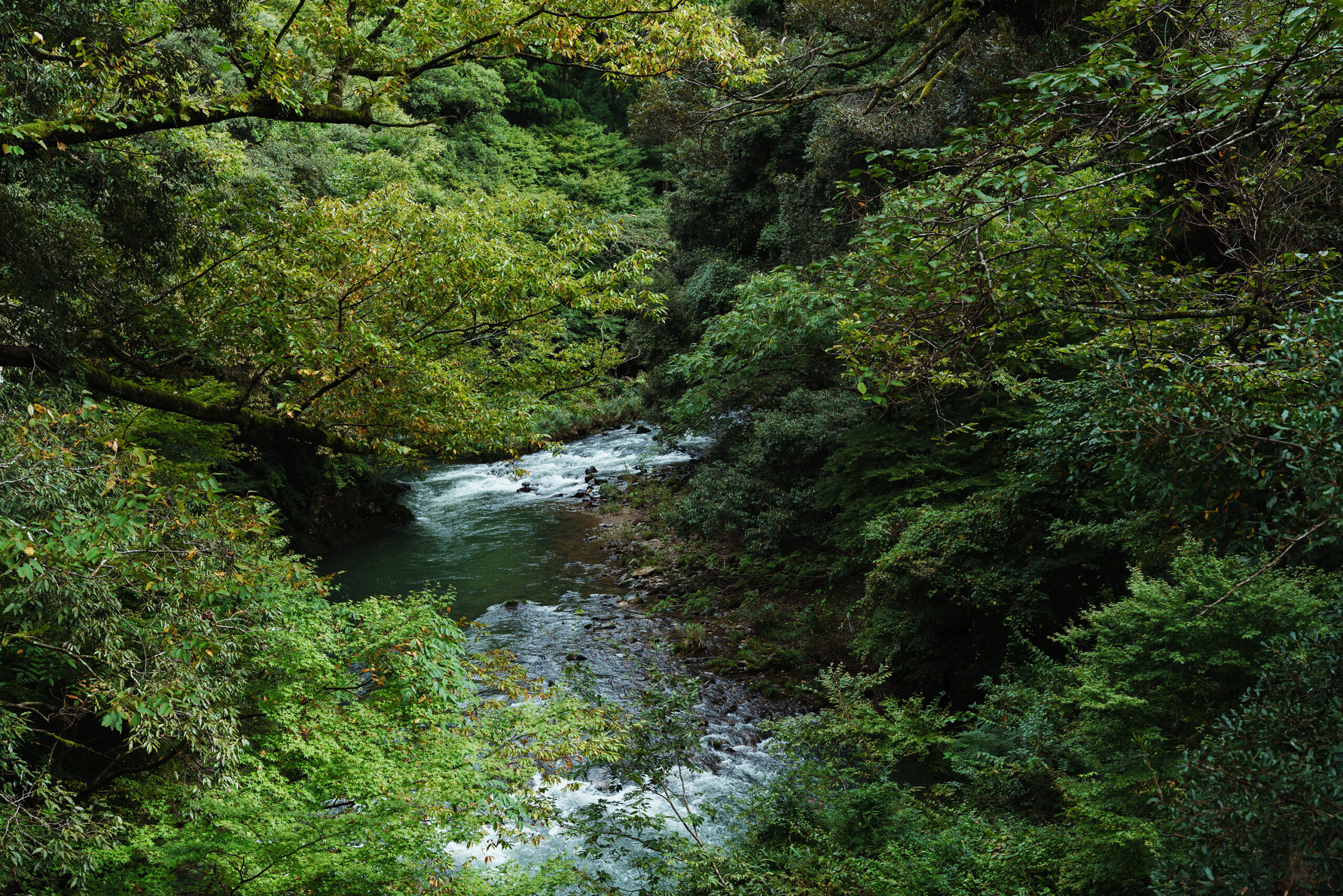
VOL.1-7
Update
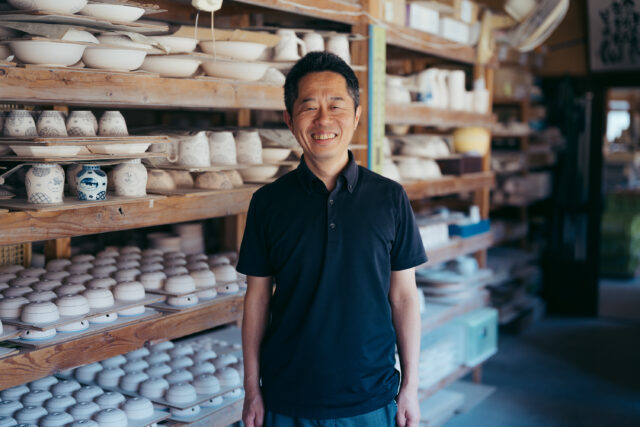
VOL.1-32
Update
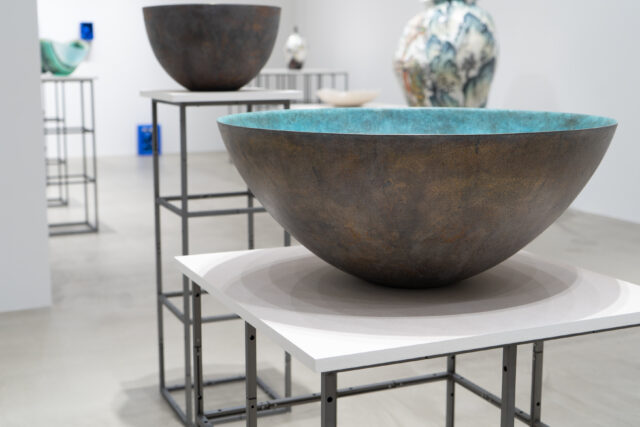
VOL.1-26
Update
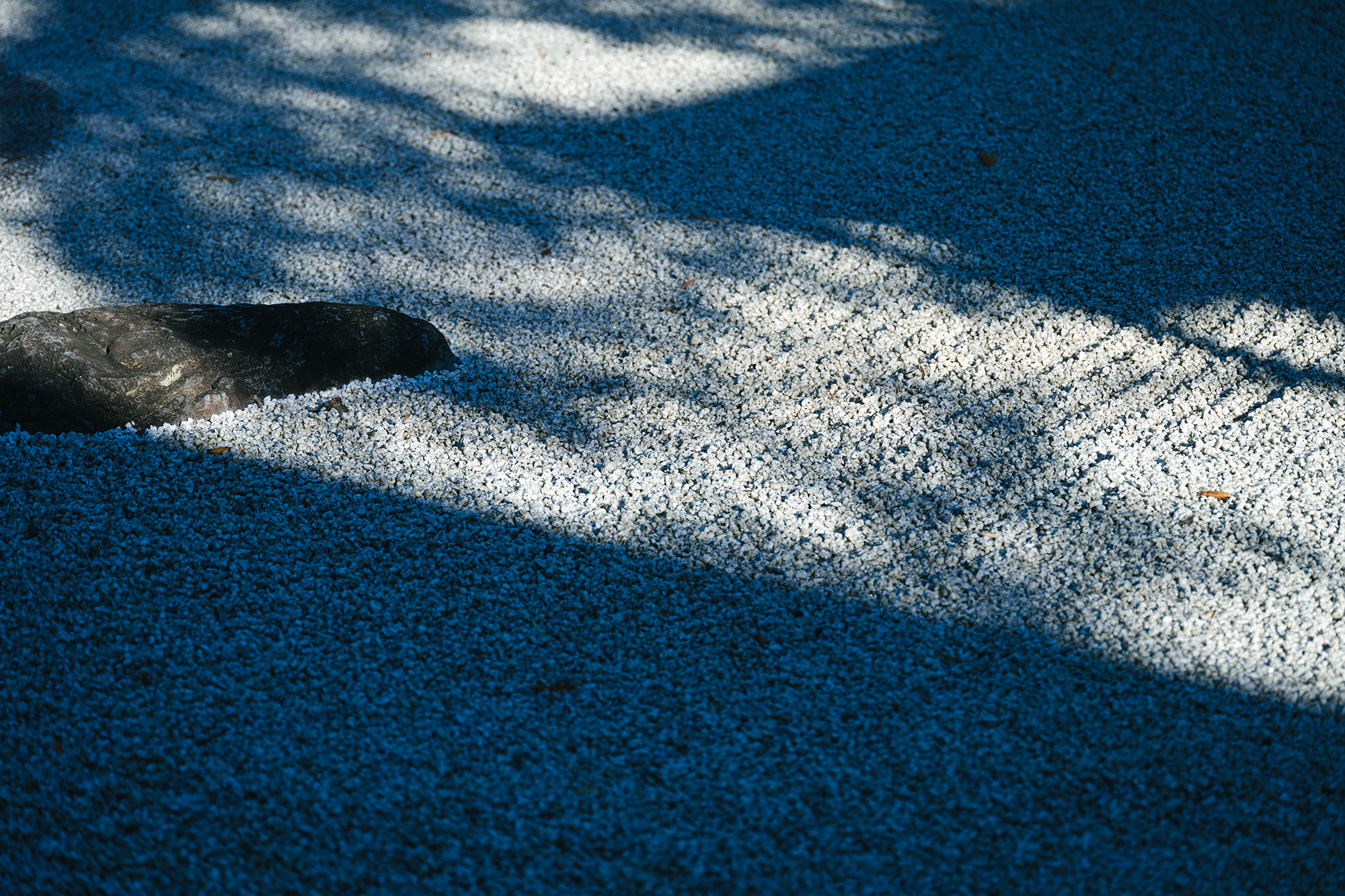
VOL.1-12
Update
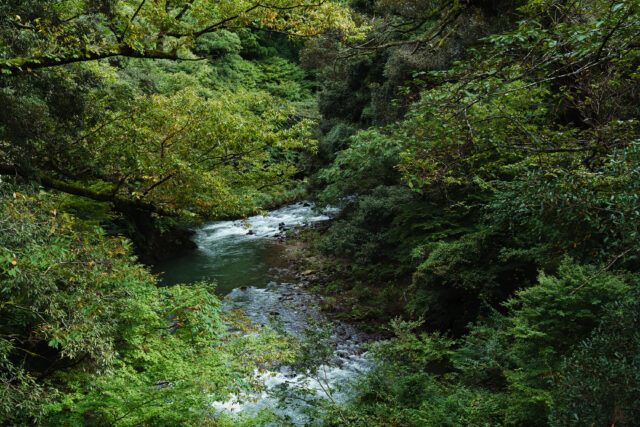
VOL.1-3
Update
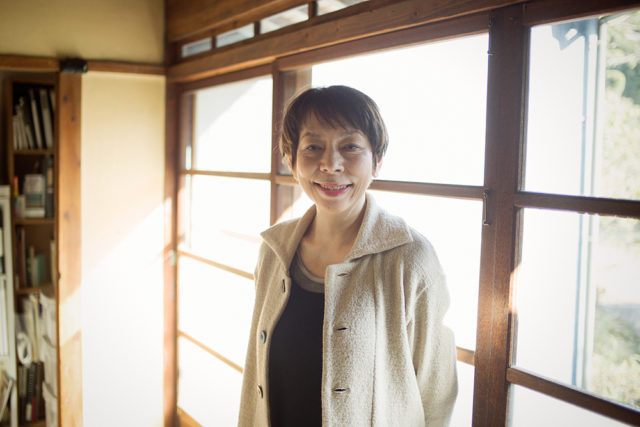
VOL.1
Update
We share a variety of information and perspectives on Japanese crafts, including exhibition information and interviews.
KOGEI Topics VOL.19
New Products VOL.17
Featured Exhibitions & Events VOL.43
KOGEI Topics VOL.18
Apr 5 – Jun 22, 2025
SEIKADO BUNKO ART MUSEUM
Apr 8 – May 6, 2025
The Gotoh Museum
Apr 11 – Jun 15, 2025
Kyoto City KYOCERA Museum of Art
Apr 12 – Jun 29, 2025
TOGURI MUSEUM OF ART

Editor's Column “The Path of Japanese Crafts” Part1: Japanese Aesthetic Sense VOL.11
The term “mujo” refers to the concept that things are transient, not eternal. When expressed as “shogyo mujo” (literally, “all things are impermanent”), it signifies the transitory nature of all phenomena. “Mujo-kan” (“view of impermanence”), on the other hand, is a philosophical perspective on life, contemplating the nature of existence and the ever-changing aspect of all ...
Editor's Column “The Path of Japanese Crafts” Part1: Japanese Aesthetic Sense VOL.10
“Shibui” is one of Japan’s traditional aesthetics, expressing a deep-seated charm. Although commonly used to describe flavors, as for tea or wine, the term is versatile and finds its way into everyday language, describing not only taste but also colors or expressions, such as color is “shibui colors” or “wearing a shibui expression.”The kanji character “渋” (shib...
Editor's Column “The Path of Japanese Crafts” Part1: Japanese Aesthetic Sense VOL.9
Ikigai. This word gained recognition among many non-Japanese following the overseas publication in 2016 of a book titled Ikigai: The Japanese Secret to a Long and Happy Life. “Ikigai” is an abbreviated form of an expression that means “a reason for living” and signifies a quality of finding joy and vitality in life. While distinct from traditional aesthetics, it is consider...
Editor's Column “The Path of Japanese Crafts” Part1: Japanese Aesthetic Sense VOL.8
In Japan, there is a word “縁” (en), which is used to describe not only connections between people but also the ties and relationships among various aspects of life. It is a word deeply rooted in Eastern philosophy and thinking.The concept of en is derived from the Buddhist term “縁起” (engi), which is an abbreviation of “因縁生起” (innen shoki). Engi signifies the ide...
Editor's Column “The Path of Japanese Crafts” Part1: Japanese Aesthetic Sense VOL.7
When discussing the aesthetics of Japanese craftsmanship, there are several essential aspects that cannot be overlooked. One of these is the concept of “Yo-no-bi.” Although commonly translated as “the beauty of everyday things,” the phrase literally means “the beauty of use,” and refers not only to the beauty of the crafts themselves, but also to a beauty inherent in their ...
Editor's Column “The Path of Japanese Crafts” Part1: Japanese Aesthetic Sense VOL.6
“Zen” is a widely known word overseas, similar to wabi-sabi. Owing to the influence of Steve Jobs, it is one of the Eastern spiritualities that continues to pique the interest of people in the Western world. When you hear the word “Zen,” often the first thing that comes to mind is “Zazen,” or seated meditation. Zen is short for “Zen Buddhism,” origin...
Editor's Column “The Path of Japanese Crafts” Part1: Japanese Aesthetic Sense VOL.5
As you learn more about the Japanese sense of beauty, you will come to realize that the Japanese people possess at their core a fundamental shizenkan, or “view on nature.” Japanese people find the falling cherry blossoms beautiful, not simply because of their beautiful colors or scenery, but because seeing that makes them feel the impermanence of the world, as if everything is in a state of flux. ...
Editor's Column “The Path of Japanese Crafts” Part1: Japanese Aesthetic Sense VOL.4
Junichiro Tanizaki’s essay In Praise of Shadows, published in 1933, is one of the books that introduced Japanese aesthetics to the world. Written in a unique style, the book highlights the importance of dim light and shadow in the Japanese lifestyle. It has become a must-read for foreigners interested in Japanese aesthetics, as well as students of art, design, and architecture, and philosoph...
Editor's Column “The Path of Japanese Crafts” Part1: Japanese Aesthetic Sense VOL.3
When discussing the uniquely Japanese sense of beauty, the words “ma” and “yohaku” are indispensable, as are “wabi-sabi.” “Ma” is mainly used in theater, music, and interpersonal relationships, while “yohaku” is frequently used in art, design, and for other two-dimensional works.
Editor's Column “The Path of Japanese Crafts” Part1: Japanese Aesthetic Sense VOL.2
“Wabi-sabi” is one of Japan’s traditional aesthetic sensibilities, having grown out of Zen. Japan has long had a variety of aesthetic senses, such as “mono no aware” and “iki”, but wabi-sabi is one Japanese term that has spread worldwide, and can now be considered an international aesthetic. This sense of beauty has influenced many aspects of Japanese culture, from literatu...
Editor's Column “The Path of Japanese Crafts” Part1: Japanese Aesthetic Sense VOL.1
Japanese crafts are beautiful. Sometsuke plates drawn with gosu pigment, bowls made up of many layers of lacquer, light-colored textiles dyed with the natural kusaki-zome technique, and one-of-a-kind yakishime style vases with unpredictable yohen effects that emerge during firing. These crafts are not only beautiful in form and design, but also function as tools, each embedded with the aesthetic s...


